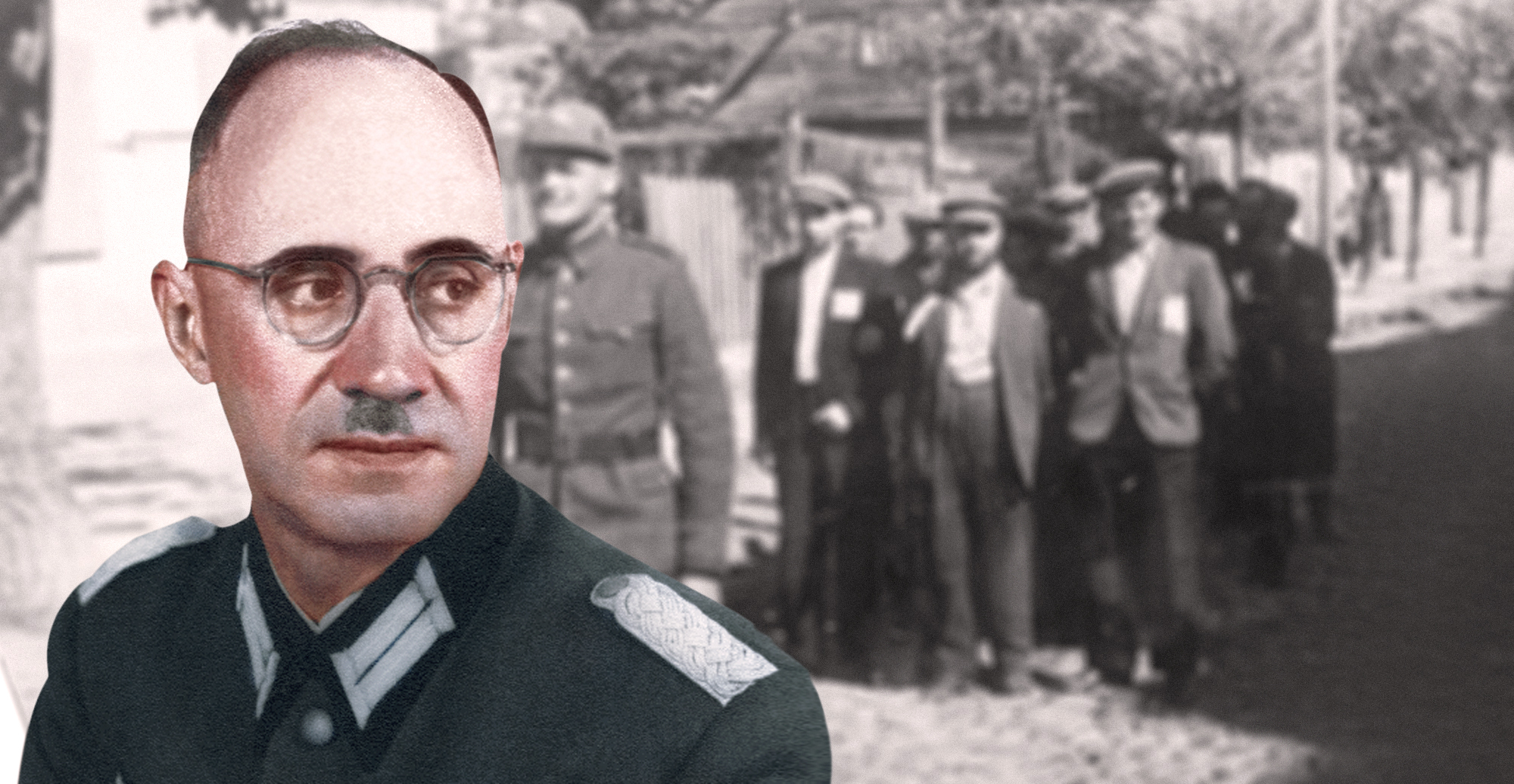Karl Plagge had a remarkable career of staying true to his principles in a difficult time and saving hundreds of Jews as a Nazi Party member.
Plagge served as a second lieutenant in World War I and survived numerous battles on the Western front, including the Somme and Verdun, before being taken prisoner. After the war, in the early 1930s, he was initially drawn to Adolf Hitler’s rhetoric that promised to rebuild German industry and pride.
He opposed the Nazis’ racial theories as being unscientific, however, and he was offended by their persecution of political opponents and corruption within the party. As as result of his opposition to Nazi racial theories, he lost a position as a lecturer at a scientific institute.
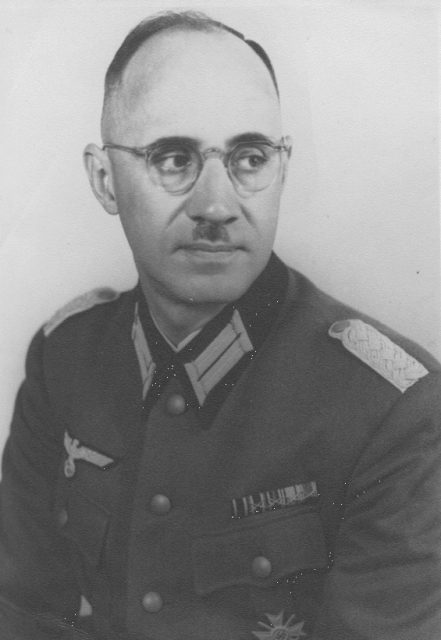
At the start of World War II he was drafted into the reserves of the German army and ceased paying his party dues. Assigned to a repair facility in the Lithuanian capital of Vilnius, he quickly came up with a plan to shield his workers from the worst of the SS persecution.
He started issuing work permits to Jewish members of his staff, claiming they were “essential” to the war effort, regardless of their skills or ability. This protected the worker, their spouse, and children from the regular sweeps of the Vilna Ghetto that sent them to concentration and labor camps.
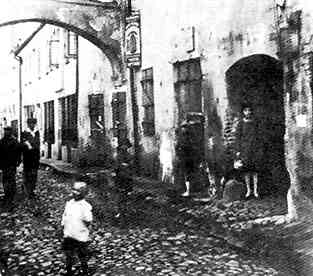
By the fall of 1941, Plagge was one of the largest employers of Jews, with 261 work permits issued. He was largely left alone as long as repairs to military vehicles were completed in a timely manner. He transferred violent and anti-Semitic subordinates, and allowed his workers to smuggle and sell parts on the black market, which helped them survive.
In 1942 over 200 Jews were rounded up for deportation. Plagge unsuccessfully negotiated with the SS commander for their release. This was a rather daring move, as the officers had enormous amounts of power and a reputation for being soft on Jews could harm him and his family.
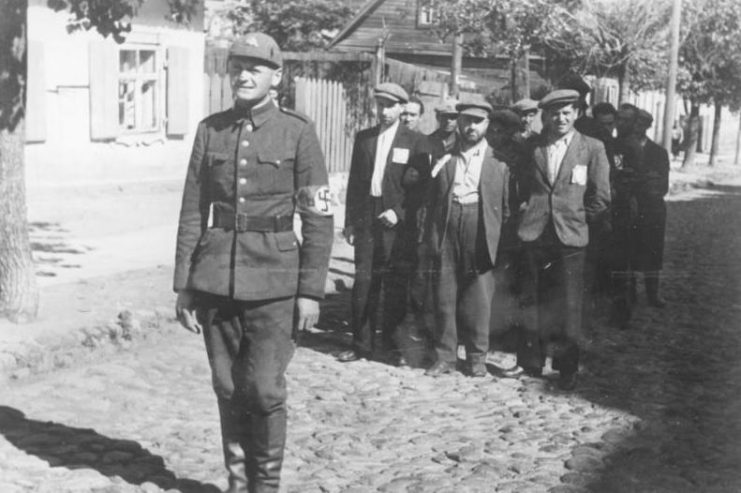
By 1943 the SS and Nazi officials became particularly concerned about the Jewish ghettos that were a hot spot of smuggling and armed resistance.
The Vilna Ghetto in particular had proximity to the woods around the city and had become particularly troublesome to the Nazis. As a result they decided to liquidate the ghetto–including those that had work permits.
After 300 of Plagge’s workers were taken to the train station, he again went to the station to obtain their release. He failed in that effort, but secured an exception for his unit to provide skilled worker exceptions.
He expanded his workforce to over 1,000 after the liquidation of the Vilna Ghetto. He saved their families as well when he got in a heated argument with the SS and said that his laborers would work better with the added motivation.
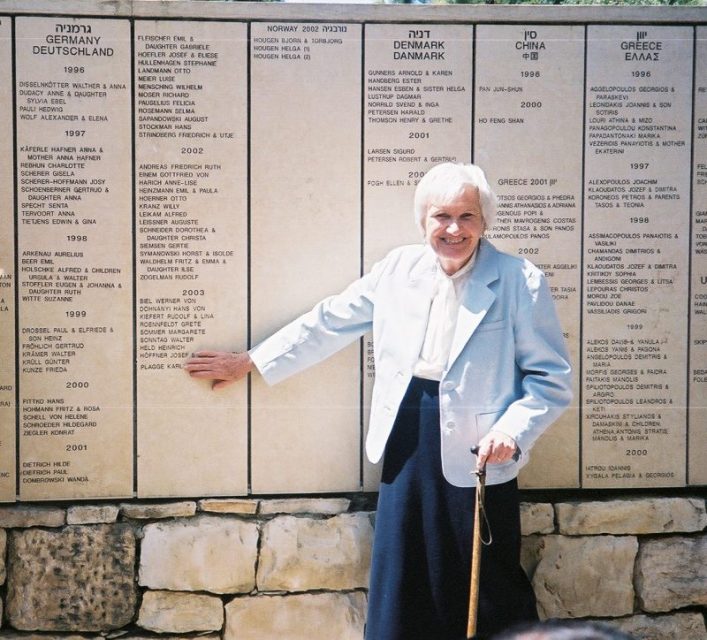
About 100 people hid from the SS force that liquidated the ghetto, and another 100 were smuggled in by the resistance, which swelled Plagge’s unit to over 1,200.
Most of the people worked in the vehicle repair depot or in the uniform shop, but he also created various other shops such as a nursery and a carpentry shop, and declared all of them essential workers.
The SS continually tried to liquidate many of the workers and Plagge was often unable to stop them. In mid-1944, when Plagge was on leave in Germany, the SS rounded up children and the elderly and sent them to woods in Ponary, a suburb of today’s Vilnius, where they were executed.
It was doubtful that Plagge could have stopped them even if he was there. Situations like these often made him closer to a collaborator than a resister.
But he arguably did more to save a greater number of Jews than he could have using other methods such as actively resisting.
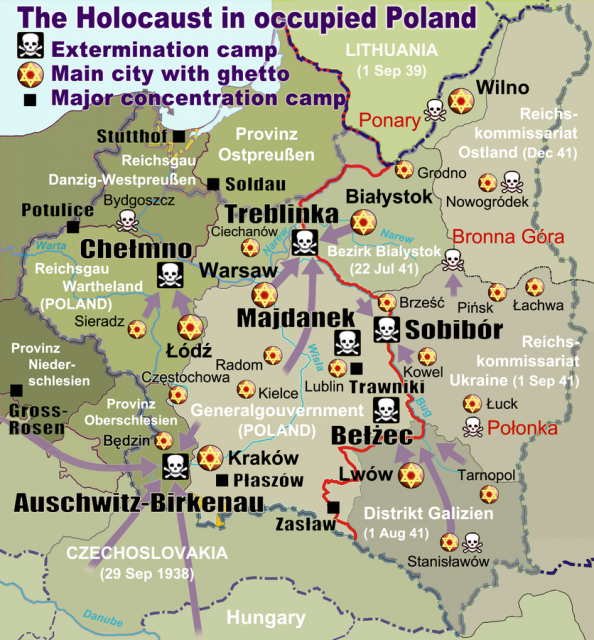
With the approach of the Red Army in mid-1944 Plagge’s unit was forced to withdraw. He was declared soft on Jews, and his workers obviously couldn’t leave with the army. Left behind, the Jews created all sorts of hiding places in the walls and attics, and arranged evacuation with the resistance, but ultimately only about 200 of Plagge’s Jewish workers survived.
When the Soviets liberated the area in July 1944, only 2,000 of the estimated 100,000 Jews of Vilnius remained. Plagge’s unit was the largest single group of survivors.
Read another story from us: Executed by Nazis – German Soldier Became a Hero of the Soviet Union
This sad experience reminds us that good men can make a difference in the face of evil. Plagge took a great risk in helping Jews and saved many. But Plagge could only do so much alone, and ultimately it was armed military force from the Allied nations that saved the most Jews.
